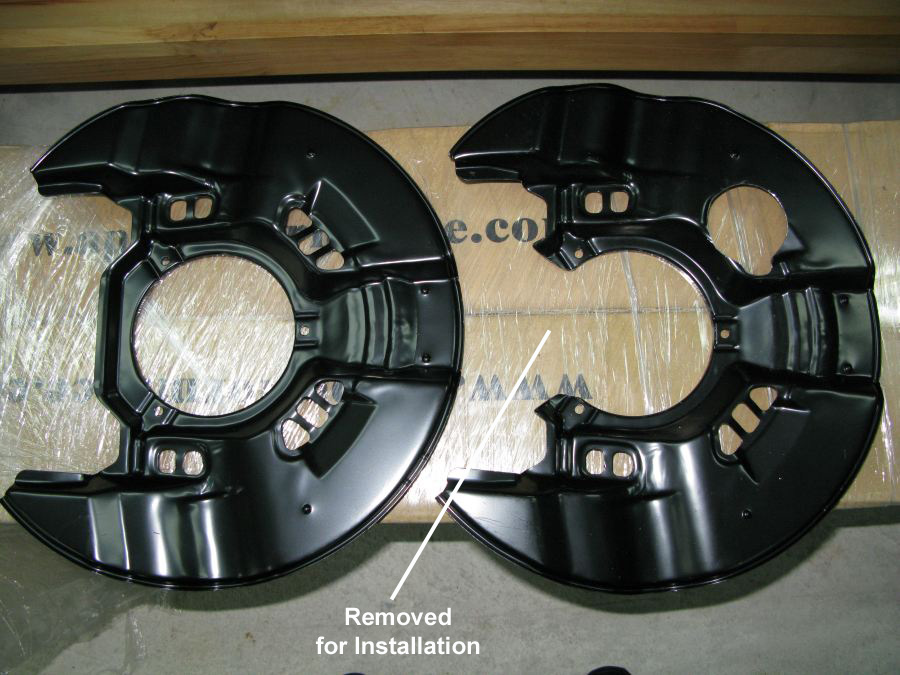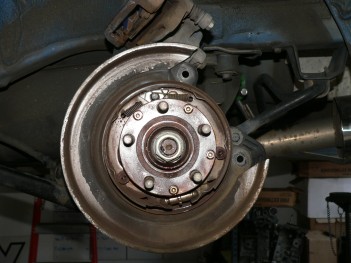so i went to a local track day event here not to far away from my place. first track day for this season. just wanted to share my experience and downfalls of my day.
i have a 2015 sti limited with 88,xxx kms
mods are:
cobb sf intake
stage 1+sf 93oct on cobb accesport
bridgestone re-71r 245/40/18 tires
hawk hp+ front pads
willwood dot4 brake fluid
this is my second track event, i went last year once with the same mods and did well. no complaints. but as for yesterdays event i have 2 complaints with the car. the track was at Castrol Raceway, Leduc County, Alberta.
i did 3 (20 min) sessions, 1st session went well got used the the track and the car and practiced my lines. got decent times but i knew i could improve. so i did on my 2nd session things were good, getting better times, pushing the car more. by the end of the day on my 3rd session i noticed that i was loosing brakes by fading more and more. that is fine and all but i also noticed that my coolant temps were super high using my accessport i was pretty much around 230-235f for most of my laps and by seeing that i also noticed my DAM was at 0.875!!!!not to sure what that means exactly but i hear its not good. by the near end of my 9th lap i felt the brake pedal really soft, so i quickly decided to pit in and in pits i lost all brakes and pedal went to the floor!!!yikes!!! (i think partly that is due to me trying to keep up to a 2018 zr1 corvette which i did, but i think it was due to the driver of the corvette) i had to use the ebrake to slow and stop me. so basically i overheated the brakes and boiled dot4 fluid. so after that i decided to end my track day.
overall i think i need to upgrade my radiator, get better brake fluid, stainless steel brake lines, and could use better tires maybe go with a r-compound. but a good track car overall for mostly being stock. there are 2 straights on this track and most speed i got was around 150km/h on both.
thanks for reading.
i have a 2015 sti limited with 88,xxx kms
mods are:
cobb sf intake
stage 1+sf 93oct on cobb accesport
bridgestone re-71r 245/40/18 tires
hawk hp+ front pads
willwood dot4 brake fluid
this is my second track event, i went last year once with the same mods and did well. no complaints. but as for yesterdays event i have 2 complaints with the car. the track was at Castrol Raceway, Leduc County, Alberta.
i did 3 (20 min) sessions, 1st session went well got used the the track and the car and practiced my lines. got decent times but i knew i could improve. so i did on my 2nd session things were good, getting better times, pushing the car more. by the end of the day on my 3rd session i noticed that i was loosing brakes by fading more and more. that is fine and all but i also noticed that my coolant temps were super high using my accessport i was pretty much around 230-235f for most of my laps and by seeing that i also noticed my DAM was at 0.875!!!!not to sure what that means exactly but i hear its not good. by the near end of my 9th lap i felt the brake pedal really soft, so i quickly decided to pit in and in pits i lost all brakes and pedal went to the floor!!!yikes!!! (i think partly that is due to me trying to keep up to a 2018 zr1 corvette which i did, but i think it was due to the driver of the corvette) i had to use the ebrake to slow and stop me. so basically i overheated the brakes and boiled dot4 fluid. so after that i decided to end my track day.
overall i think i need to upgrade my radiator, get better brake fluid, stainless steel brake lines, and could use better tires maybe go with a r-compound. but a good track car overall for mostly being stock. there are 2 straights on this track and most speed i got was around 150km/h on both.
thanks for reading.










